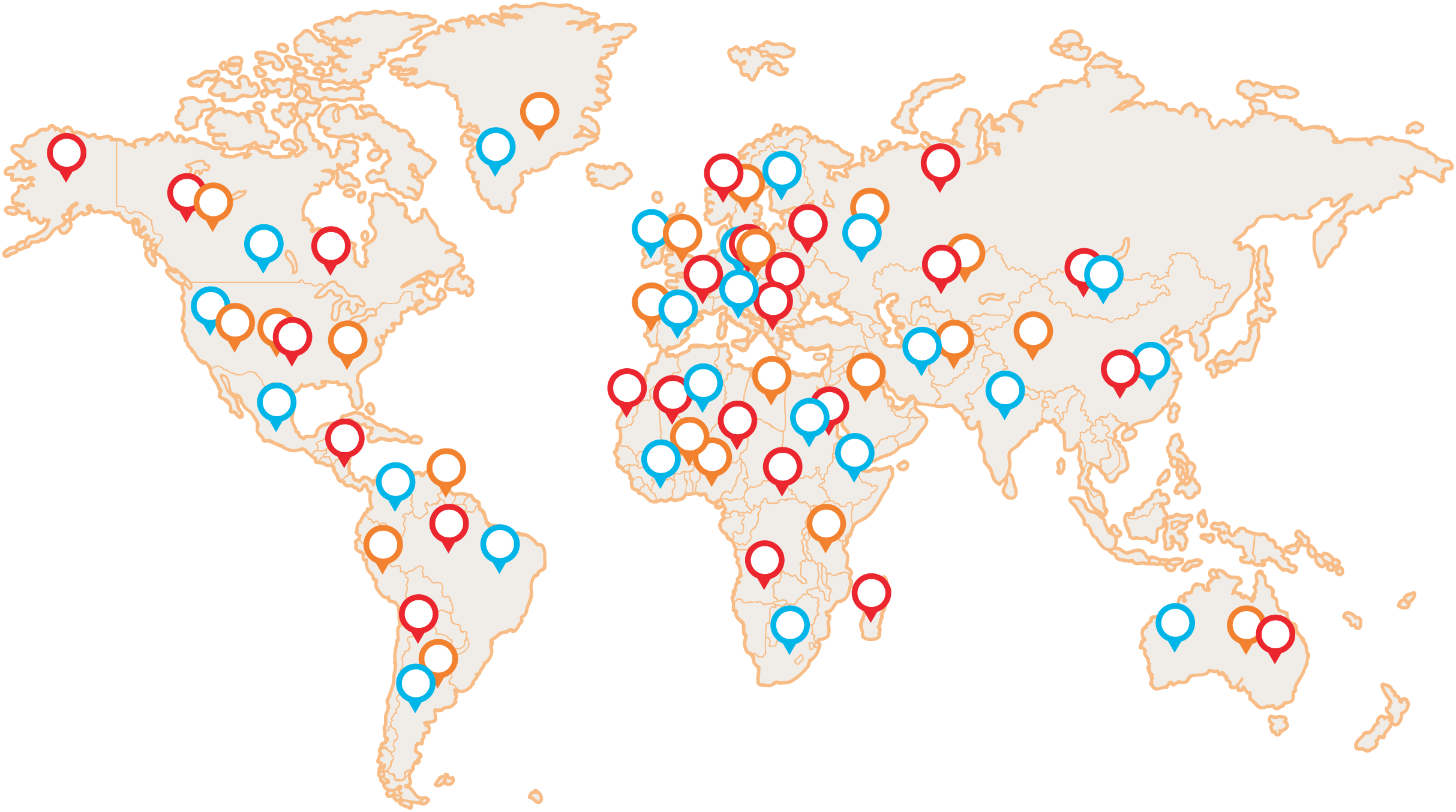Categories: digestion, respiration, gynecology, fatigue, metabolism, oncology, detox, Liver system, Spleen system, Lung system, immunity
Recipe use according to traditional Chinese medicine:
-strengthens the Spleen - replenishes Spleen Qi
-disperses and removes dampness, transforms mucous
-harmonizes the Stomach and Spleen
-helps Stomach Qi to decrease and Spleen Qi to increase
-stops diarrhea
Description:
A traditional 11th century formula that fortifies the Spleen and replenishes its Qi - while transforming and removing various forms of dampness, therefore used for Spleen Qi deficiency with dampness accumulation. Typical symptoms include mainly mushy stools or "silent" diarrhea (no pain or cramping, no parasites, food poisoning or inflammation), lack of appetite, fatigue to exhaustion, poor digestion. Because it is a gentle and safe formula, it is also used for childhood diarrhea or diarrhea in pregnancy, but also as a tonic for chronic diseases with signs of deficiency of Spleen Qi with damp phlegm, such as coughs with thin phlegm in emphysema, especially when aggravated by the accumulation of thin phlegm in the Stomach. Other typical indications are white gynaecological discharge from accumulation of dampness, myasthenia gravis and weakness of the limbs. It is also used as a tonic of total Qi to strengthen immunity, even when signs of dampness are not present.
The base of the blend is Si Jun Zi Tang, to which several other herbs are added to fortify the Spleen and draw out dampness. For example, lablab and tearwort, in addition to slightly replenishing Qi, have diuretic properties - they remove dampness through urination. Lotus seed is astringent - stopping diarrhea or discharge. The platycodon allows the mixture to act in the Lungs as well, aiding the production of Qi.
Indications:
-mushy stools or "silent" diarrhea
-feeling of nausea or vomiting
-vomiting of thin mucus
-lack of appetite
-weakness of the limbs
-weight loss or, conversely, overweight to obesity
-pale (sometimes swollen) face
-fullness in the chest and/or abdomen
-fatigue
Modern Uses:
-chronic diarrhea
-diarrhea in children and pregnant women
-superficial gastritis
-dyspepsia
-duodenal ulcers
-gastric drop - gastroptosis
-chronic colitis
-proctitis
-irritable bowel disease - IBS
-hepatitis and cirrhosis of the liver
-nephritis
-gynaecological discharge
-weakening of the immune system
-adjuvant treatment for chemotherapy and radiation
-weakness after chronic diseases
-cognitive disorders
-chronic rhinitis
Language:
-pink or paler
-swollen with imprints
-thicker white coating
Pulse:
-xu
-ru (empty, fuzzy)
Contraindications:
-caution in patients with Yin deficiency or up to empty heat/fire from lack of Yin.
-caution in pregnancy - there is better when dosage is determined by TCM practitioner
-not to be administered in patients with acute external infestation (acute colds, infections) - supplemental formula may "plunge" the harmfulness more deeply
Notes:
The blend is highly regarded as it is a harmonizing formula that is neither too hot nor too drying: "replenishes without creating stagnation and removes moisture without hurting Qi".
Recipe ingredients:
|
Edited by
|
Chinese
|
Czech
|
Latin
|
|
|
Dang Shen
|
Hairy flint, root
|
Rad. codonopsis
|
|
Chao
|
Bai Zhu
|
Atractylus grandifolia, rhizome
|
Rhiz. atractylodis
|
|
Chao
|
Bai Bian Dou
|
hyacinth bean, fruit
|
Sem. lablab album
|
|
Chao
|
Yi Yi Ren
|
lamb's lettuce, seed
|
Sem. coicis
|
|
Chao
|
Shan Yao
|
Chinese yam, tuber
|
Tub. dioscoreae oppositae
|
|
Sheng
|
Lian Zi
|
Indian lotus, seed
|
Sem. nelumbinis nuciferae
|
|
|
Sha Ren
|
bushy amom, fruit
|
Fruc. amomi
|
|
|
Fu Ling
|
poria coconut, sclerotium
|
Skler. poriae
|
|
|
Jie Geng
|
Platycodon major, root
|
Rad. platycodi
|
|
Sheng
|
Gan Cao
|
Licorice, root
|
Rad. glycyrrhizae
|
 Vital mushrooms PRO (17)
Vital mushrooms PRO (17) MyTao Edition (14)
MyTao Edition (14) Vital Mushroom Extracts (25)
Vital Mushroom Extracts (25) Combination of mushrooms and herbs (18)
Combination of mushrooms and herbs (18) Traditional recipes (5)
Traditional recipes (5) BIO vital mushrooms powder (9)
BIO vital mushrooms powder (9) Syrups (12)
Syrups (12) Dried vital mushrooms (6)
Dried vital mushrooms (6) Honey products (5)
Honey products (5) Vitamins (4)
Vitamins (4) BIO green food (2)
BIO green food (2) Other (3)
Other (3)

